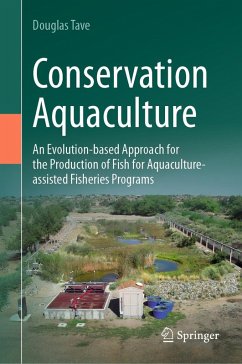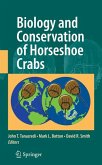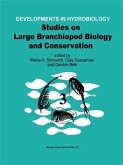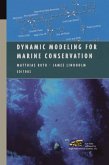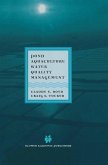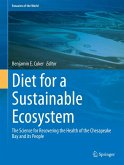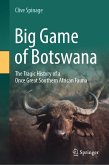Since traditional aquaculture programs have been shown to produce fish that are ill-suited to help recovery, a new way of producing fish is needed. That new way is conservation aquaculture. In conservation aquaculture, fish are raised in naturalized mesocosms that mimic the environment in which the endangered species lives. Management is naturalized, so domestication does not produce genetic changes, and so fish develop a full and effective suite of behaviors that enable them to forage efficiently and detect and avoid predators when stocked.
The conservation aquaculture management techniques described in the book can also be used to improve commercial and recreational fish stocking programs.
This book will set the blueprint for all those who are seeking to ensure their efforts in fish conservation can lead to the best possible outcomes for the fish species they strive to conserve. Nick Whiterod, Ecologist and Science Program Manager, Coorong, CLLMM Research Centre, Australia
This guide should find a place on the bookshelf of any hatchery. Randall Brummett, Senior Aquaculture Specialist, World Bank.
Dieser Download kann aus rechtlichen Gründen nur mit Rechnungsadresse in A, B, BG, CY, CZ, D, DK, EW, E, FIN, F, GR, HR, H, IRL, I, LT, L, LR, M, NL, PL, P, R, S, SLO, SK ausgeliefert werden.

